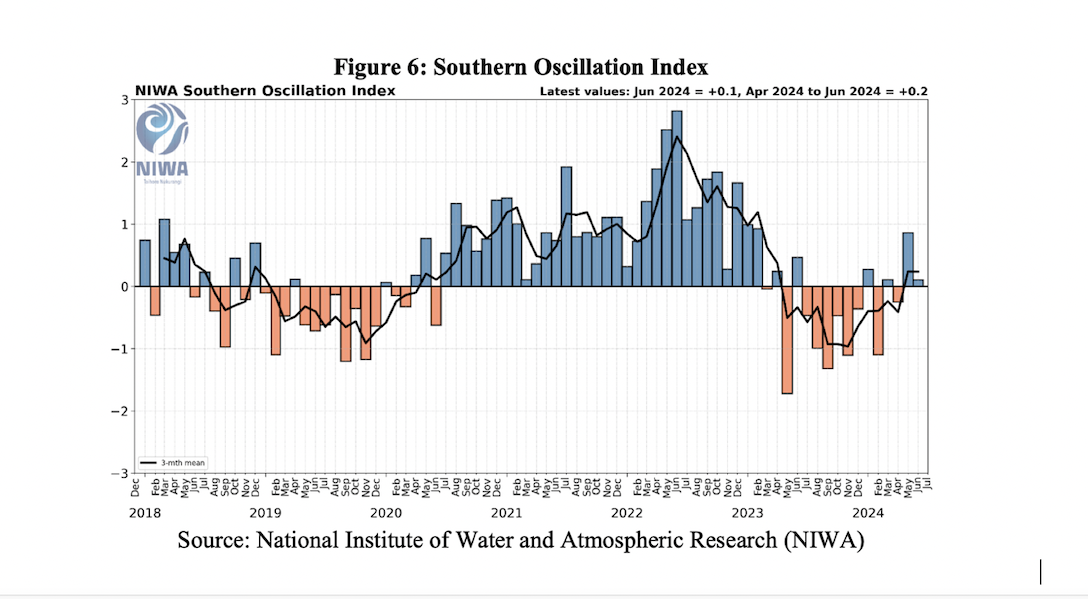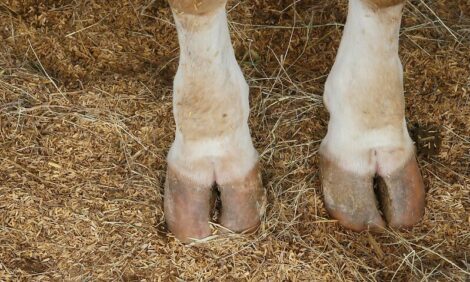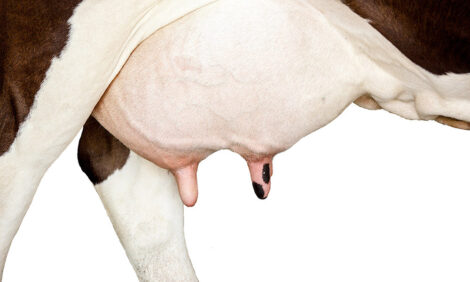



Warmer NZ winters leading to favourable pasture growth
La Niña conditions typically result in favorable pastureThe New Zealand National Institute of Water and Atmospheric Research (NIWA) uses the Southern Oscillation Index (SOI) to quantify pressure differences in the atmosphere to determine El Niño or La Niña conditions and forecasts.
This is important to New Zealand agriculture as different regions can be dramatically affected depending on present conditions, according to a recent US Department of Agriculture (USDA) Global Agricultural Information Network (GAIN) report.
Figure 6 shows the most recent SOI trends, where values below -1.0 correspond to El Niño conditions throughout 3 months or more, while values above 1.0 correspond to La Niña conditions.
Displaying that New Zealand has just experienced a year of El Niño and is trending back towards a La Niña weather pattern.
In the three years prior to the outgoing year, La Niña conditions resulted in dry conditions in the country’s southern parts and wet conditions in the north and eastern areas. These forecasted La Niña conditions typically result in favourable pasture growth for cattle production in the North Island where a majority of the national herd is located, resulting in higher carcass weights.




